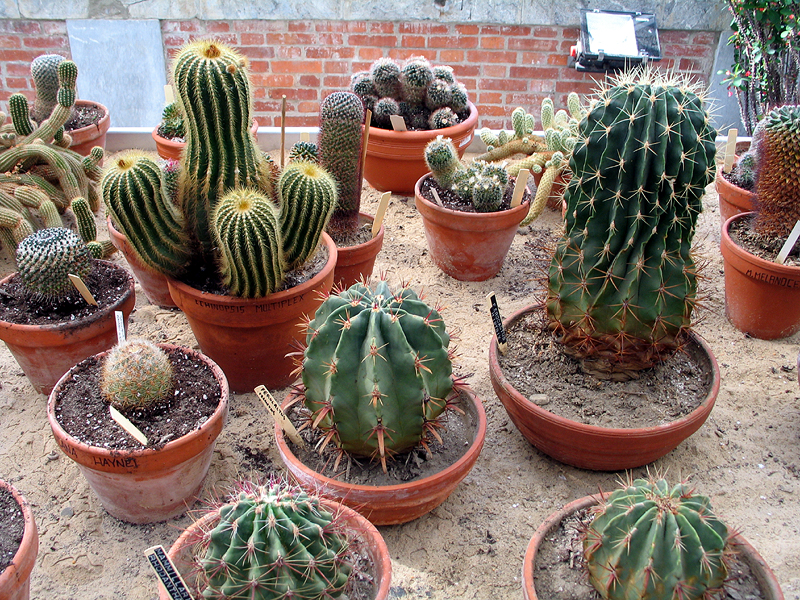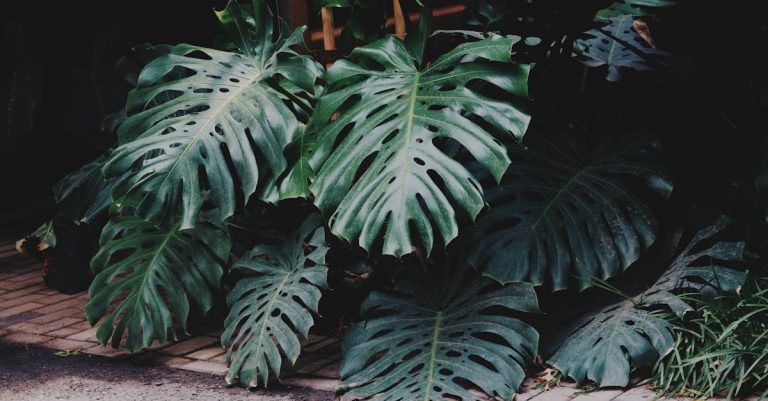How To Care For Chinese Evergreen (Aglaonema)
Chinese Evergreens, also known as Aglaonema, are popular houseplants known for their colorful and variegated foliage. These plants are native to tropical and subtropical regions of Asia, primarily Malaysia, Thailand, and Indonesia. They have been cultivated for centuries for their ornamental value and are now prized for their ability to thrive indoors with minimal care.
One key element to successfully caring for Chinese Evergreens is providing them with the right amount of light. These plants prefer bright, indirect light, as direct sunlight can scorch their leaves. However, they can also tolerate low light conditions, making them perfect for offices or rooms with limited natural light.
In addition to light, Chinese Evergreens also require regular watering. It is important to allow the top layer of soil to dry out between waterings to prevent root rot. Overwatering can be detrimental to these plants, so it is best to err on the side of underwatering rather than overwatering.
Another important aspect of caring for Chinese Evergreens is maintaining consistent humidity levels. These plants thrive in high humidity environments, so it is beneficial to mist their leaves regularly or place a humidifier nearby. This will help prevent brown tips on the leaves and keep the plant looking healthy and vibrant.
Overall, Chinese Evergreens are relatively easy to care for and can be a beautiful addition to any indoor space. With the right balance of light, water, and humidity, these plants will reward you with their striking foliage and air-purifying benefits.

What are the top tips for caring for Chinese Evergreen (Aglaonema)?
Chinese Evergreen (Aglaonema) is a popular houseplant known for its beautiful foliage and low maintenance requirements. To ensure your Chinese Evergreen thrives, it is essential to understand the proper care techniques. From light and water requirements to soil and temperature preferences, this article will provide you with all the information you need to keep your Chinese Evergreen healthy and happy.

Light
Chinese Evergreen plants thrive in low to medium light conditions. They can even tolerate fluorescent lighting, making them ideal for office environments. Avoid placing them in direct sunlight, as this can scorch their leaves.
Water
Water your Chinese Evergreen plant when the top inch of soil feels dry to the touch. Be careful not to overwater, as this can lead to root rot. Allow any excess water to drain out of the pot to prevent standing water. In the winter months, reduce watering frequency to prevent waterlogged soil.
Humidity
These plants prefer high humidity levels but can adapt to lower humidity environments. To increase humidity, you can mist the plant occasionally, place a humidifier nearby, or set the plant on a pebble tray filled with water.
Temperature
Chinese Evergreen plants prefer temperatures between 65-80°F (18-27°C). Avoid exposing them to temperatures below 50°F (10°C) or cold drafts, as this can cause damage to the leaves.
Soil
Use a well-draining potting mix for your Chinese Evergreen plant. A mix of peat moss, perlite, and pine bark works well. Repot your plant every 2-3 years to refresh the soil and provide more space for root growth.
Fertilizer
Feed your Chinese Evergreen plant with a balanced, water-soluble fertilizer once a month during the growing season (spring and summer). Make sure to dilute the fertilizer to half strength to prevent burning the roots.
Pruning
Remove any yellow or brown leaves as soon as you notice them to promote new growth. You can also prune your Chinese Evergreen plant to maintain its shape and size. Use sharp, sterile scissors to make clean cuts.
Pests
Chinese Evergreen plants are relatively pest-resistant, but they can occasionally attract mealybugs, spider mites, and scale insects. Inspect your plant regularly for any signs of infestation, and treat with insecticidal soap if necessary.
Propagation
Chinese Evergreen plants can be propagated through division or stem cuttings. To divide the plant, carefully separate the rhizomes and roots and replant each section in its own pot. To propagate from stem cuttings, cut a 4-6 inch section of stem with at least one leaf node, and place it in water until roots form.
According to a recent study, Chinese Evergreen plants are among the top 10 most popular houseplants in the United States.
Can Chinese Evergreen be grown in low light conditions?
Chinese Evergreen can tolerate low light conditions, although it thrives in medium to bright indirect light. Avoid direct sunlight as it can scorch the leaves.
How often should I water my Chinese Evergreen?
Water your Chinese Evergreen when the top inch of soil feels dry to the touch. Allow excess water to drain out of the bottom of the pot to prevent root rot.
Does Chinese Evergreen require high humidity?
Chinese Evergreen prefers higher humidity levels, but it can still thrive in normal household humidity. Mist the leaves occasionally or place a humidifier nearby to increase humidity levels.
What type of soil is best for Chinese Evergreen?
Use a well-draining potting mix with a peat-based soil for your Chinese Evergreen. This will help prevent waterlogged soil, which can cause root rot.
How often should I fertilize my Chinese Evergreen?
Fertilize your Chinese Evergreen every 4-6 weeks during the growing season with a balanced liquid fertilizer. Reduce fertilization during the winter months when the plant is not actively growing.
Can Chinese Evergreen be propagated?
Chinese Evergreen can be propagated through division or stem cuttings. Cut a healthy stem with at least one leaf node and place it in water or soil to root.
Are there any pest problems to watch out for with Chinese Evergreen?
Chinese Evergreen is susceptible to common houseplant pests such as spider mites, mealybugs, and scale. Keep an eye out for any signs of infestation and treat the plant accordingly.
Should I repot my Chinese Evergreen?
Repot your Chinese Evergreen when it becomes rootbound or outgrows its current pot. This is typically done every 2-3 years in the spring when the plant is actively growing.
Can Chinese Evergreen be grown outdoors?
Chinese Evergreen is primarily a houseplant, but it can be grown outdoors in a shaded or partially shaded area in USDA hardiness zones 10-11.
How do I prevent brown tips on Chinese Evergreen leaves?
To prevent brown tips on Chinese Evergreen leaves, make sure the plant is not sitting in waterlogged soil. Maintain consistent watering and humidity levels, and avoid exposing the plant to cold drafts or direct sunlight.
Conclusion
Overall, Chinese Evergreens (Aglaonema) are easy to care for and make beautiful additions to any indoor space. By following the key points and insights covered in this article, such as providing the right amount of light, water, and humidity, you can ensure that your Chinese Evergreen thrives and remains vibrant. Remember to avoid cold drafts, excessive sunlight, and overwatering to prevent common issues such as yellowing leaves and root rot.
Additionally, regular cleaning of the leaves, occasional pruning, and repotting when necessary will help keep your Chinese Evergreen healthy and looking its best. With their variety of colors and patterns, these plants can bring a pop of color and a touch of nature to your home or office. By incorporating these tips into your care routine, you can enjoy the beauty of Chinese Evergreens for years to come.
:max_bytes(150000):strip_icc():format(webp)/chinese-evergeen-care-getty-0221-2000-300e2a518632488d84c8b9dd90108c3b.jpg?auto=compress&cs=tinysrgb&h=650&w=940)

:max_bytes(150000):strip_icc():format(webp)/grow-fiddle-leaf-fig-indoors-1902756-hero-feca31e64e91430794e2bdcc9fa1e901.jpg)



